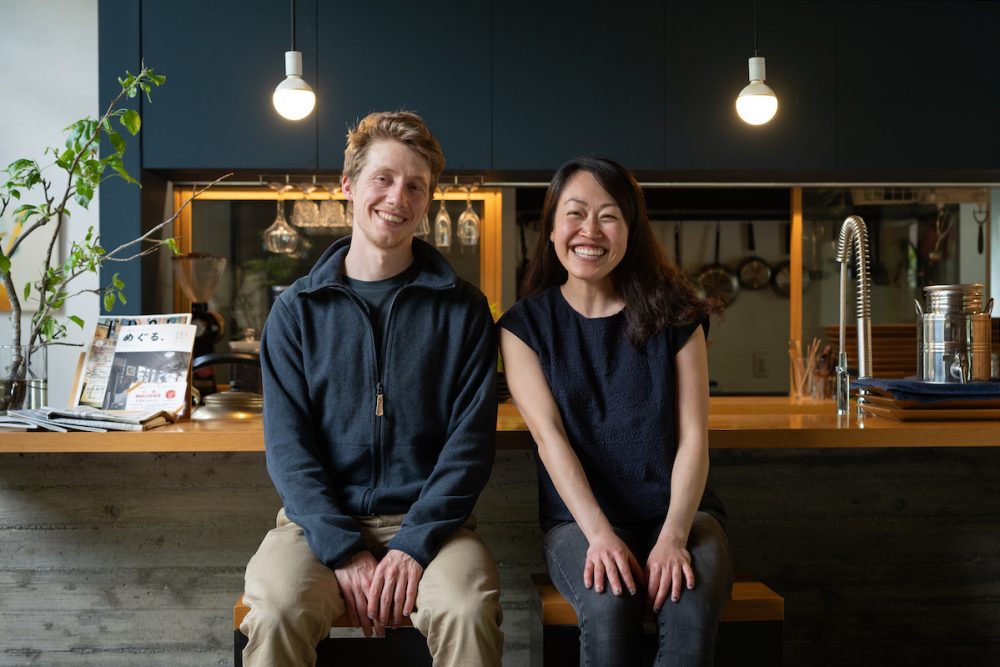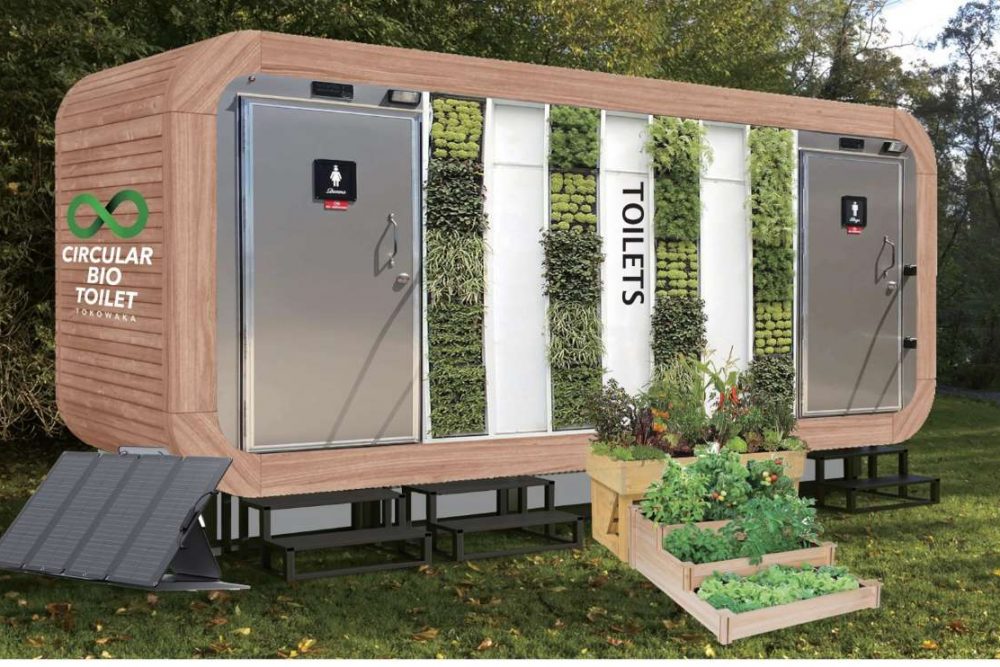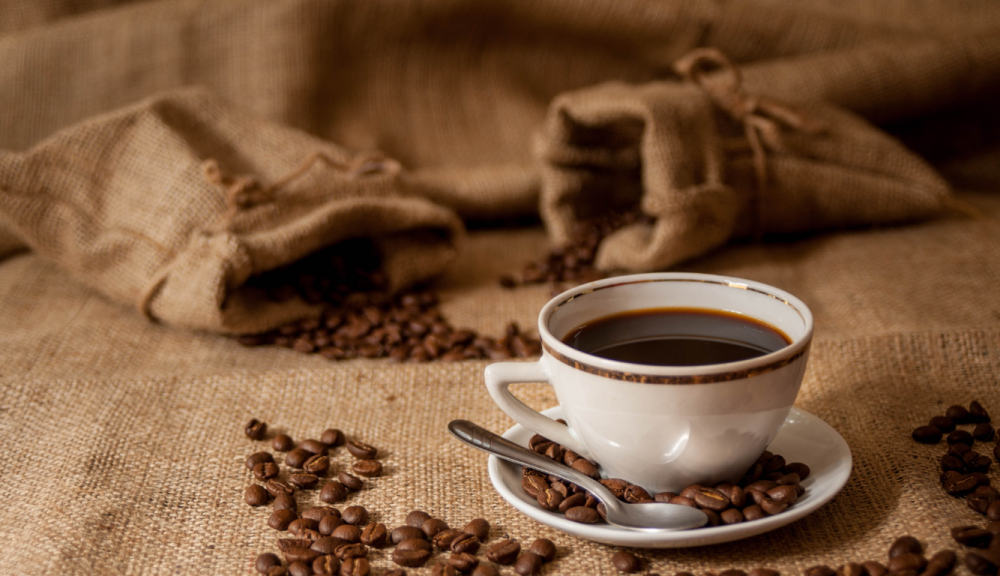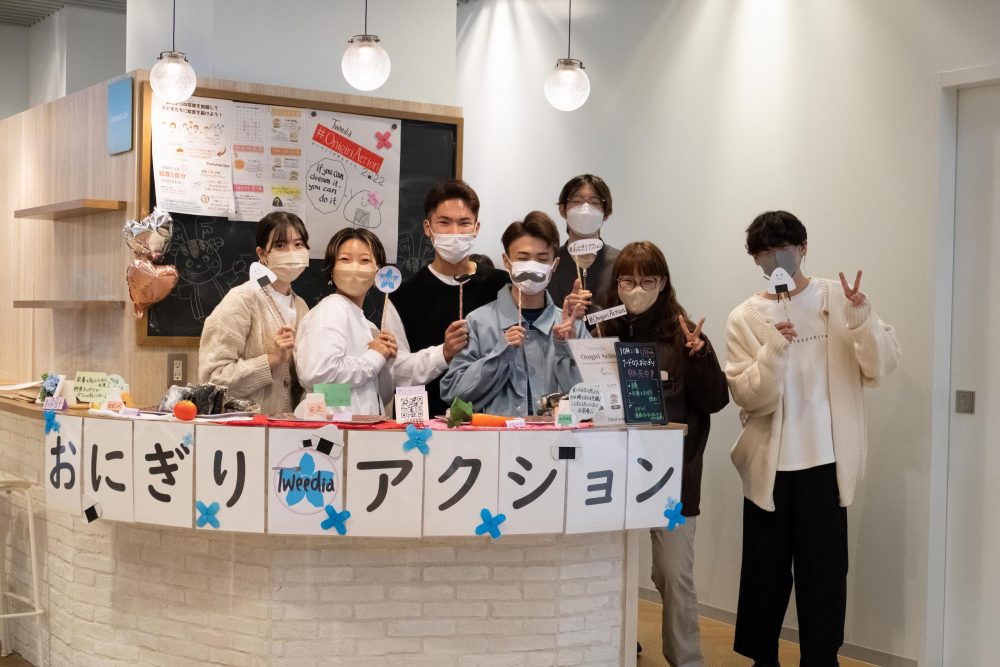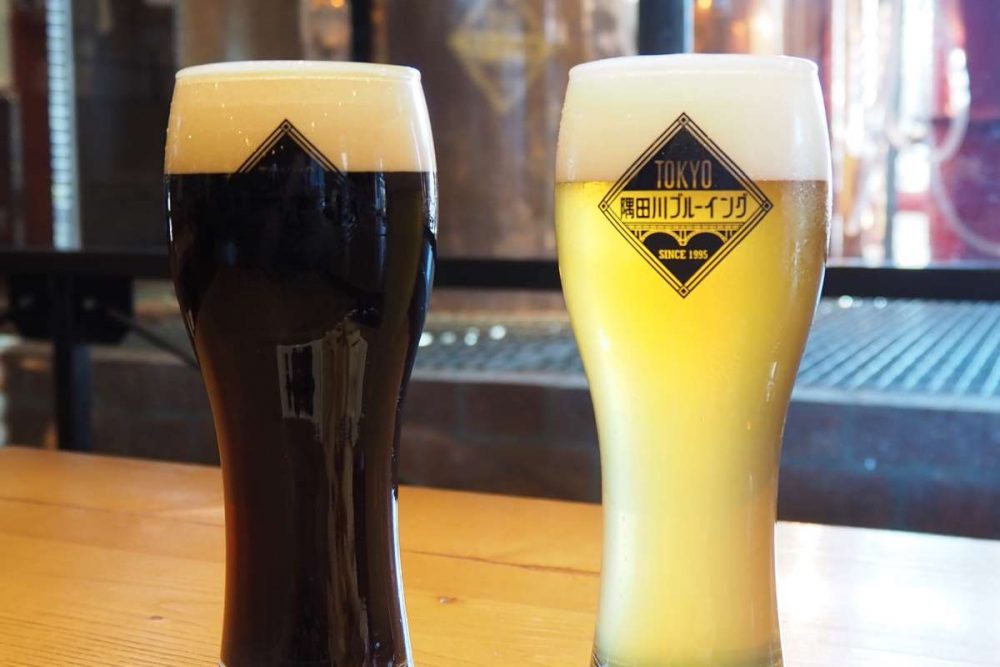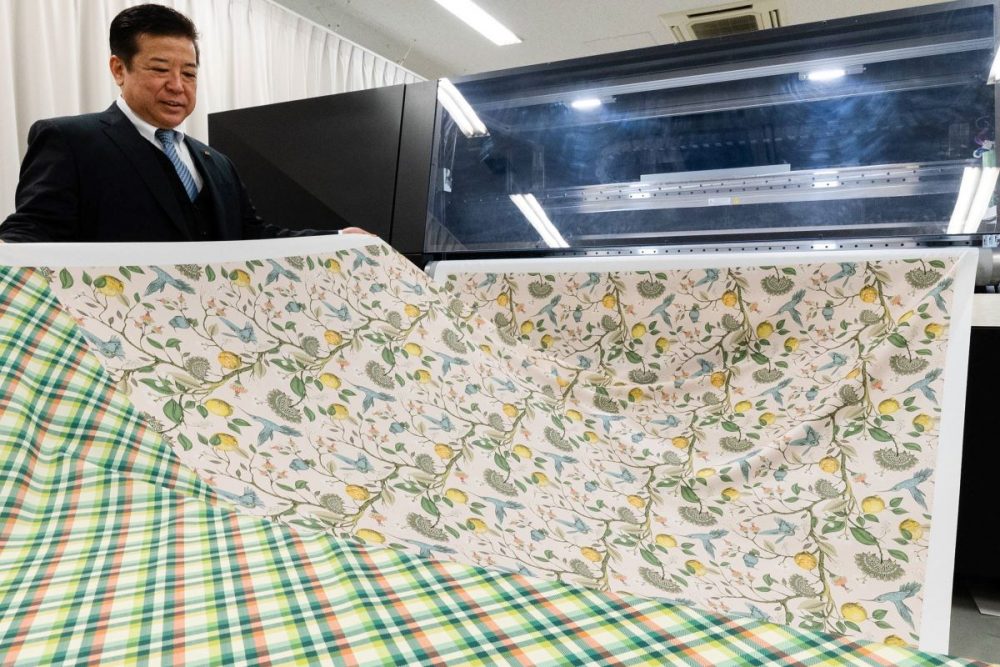Safer than Safe: Inside Fukushima’s Food Monitoring System
In the last eight years of thorough testing, Fukushima’s famous food products — such as rice, tomatoes, and cucumbers — have been consistently confirmed as safe to eat.
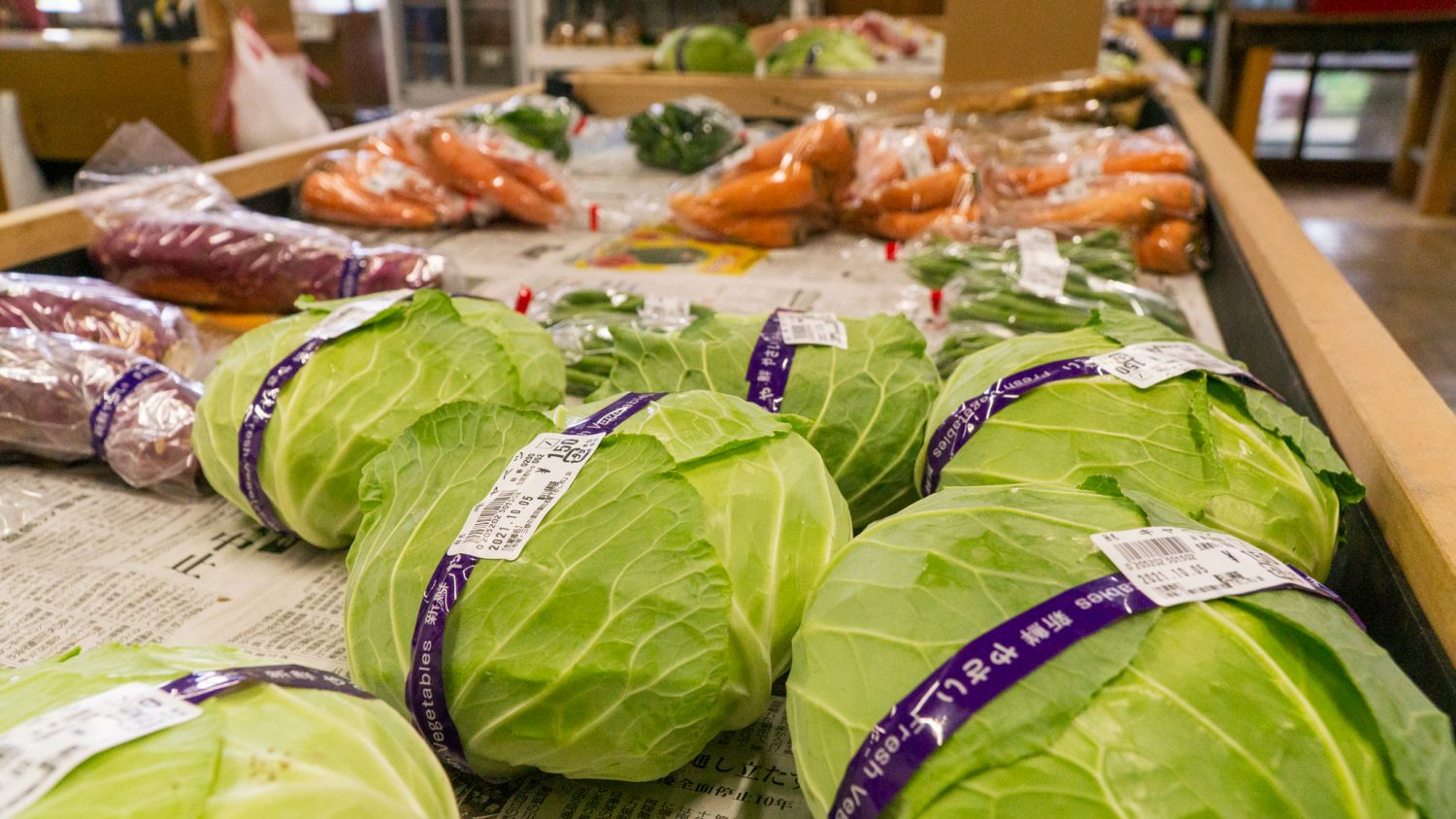
The “Fruit Kingdom of Japan.” Delicious peaches and juicy pears. One might be surprised to find out that we are talking about Fukushima Prefecture, Japan.
In March 2011, the Great East Japan Earthquake — the fourth strongest quake in the history of seismology — occurred on the ocean floor off the Sanriku Coast of Northeast Japan. In regions such as Fukushima, the quake triggered devastating several meters-high tsunamis along the length of the coastline.
A giant tsunami hit the coast of Fukushima at the Daiichi Nuclear Power Plant, which flooded the power supply equipment, knocking out the electric power. The resulting inability to cool the reactors led to a nuclear accident.
Evacuations, testing, cleaning, recovery, and more testing followed over the next 10 years as public and private initiatives worked to make the rich agricultural region of Fukushima safe again.
Specialists and farmers on the ground shared their views and experiences in JAPAN Forward’s investigation of how things have changed since the events ten years ago.
Testing for Safety

Inside the Fukushima Agricultural Technology Center.
Along with the physical cleanup of the land, the Fukushima region responded by setting up a thorough, multilayered testing infrastructure to ensure that produce, livestock, and fish harvested in the region are safe.
“Other regions have testing centers, but there is no prefecture in Japan which tests as thoroughly as we do,” said Kazuhiro Okazaki, director general of the agricultural safety promotion department at Fukushima Agricultural Technology Center.
The Center for Safety
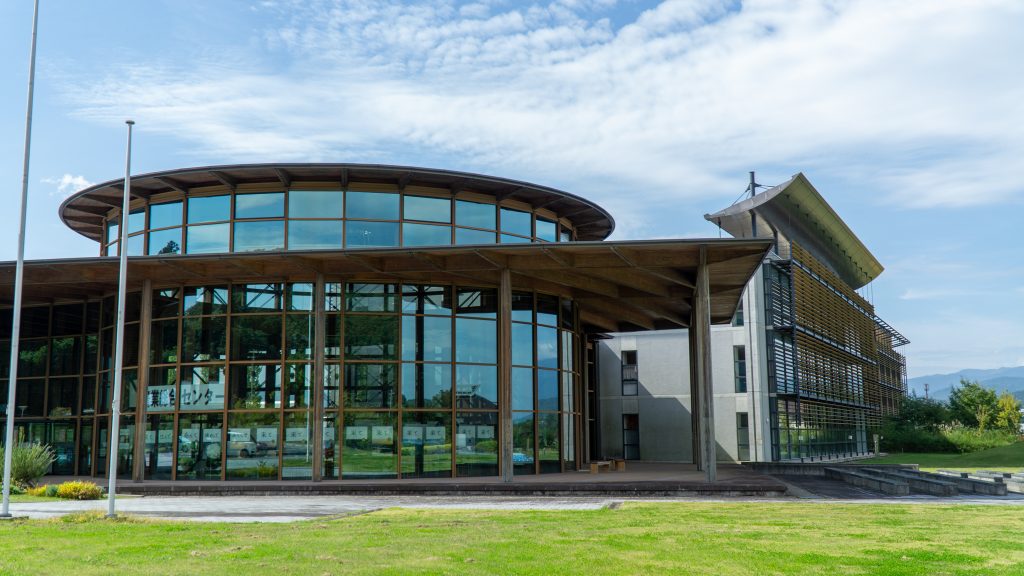
The exterior of the the Fukushima Agricultural Technology Center.
Sitting handsomely in a clearing near Koriyama City, the Fukushima Agricultural Technology Center covers 56 hectares of land.
Opening its doors in 2006, it was originally built for researching technology solutions to improve agriculture in the region.
Then, in June 2011, a mere three months after the earthquake, the technology center became the primary testing center in the prefecture for emergency environmental radiation monitoring of agricultural, forestry and fishery products.
The center has also been a key point of contact with farmers for sharing information on conditions in the immediate aftermath of the disaster.
Farmers implemented several measures to prevent the absorption of radioactive materials in the food, such as scraping or washing off the bark of their fruit trees, and removing the upper layer of soil, where they are more likely to be found. In an effort to inhibit the absorption of such materials, potassium rich fertilizers were also applied to agricultural lands.
After cleaning and other mitigation measures were taken, the center then undertook testing for radioactivity in the harvested fruit and other foods.
Among the Strictest Standards in the World
Since 2011, every category of food produced in Fukushima headed for retail markets has been tested at this center. Germanium semiconductor detectors test samples of fruit, vegetables, meat, fish, and even wild edible plants and mushrooms according to daily schedules.
The test standards here are among the strictest in the world. Japan set the threshold for issuing a warning on food items at 100 Bq/kg, one tenth of the internationally recognized CODEX Standard (1,000 Bq/kg).
In a nationally approved process, the agricultural goods are screened, chopped finely, and tested in one of 11 machines at the Fukushima Agricultural Technology Center operated by the prefecture. Since 2013, the products also go through the International Atomic Energy Agency (IAEA) proficiency test, which verifies the accuracy of the testing standards.
Testing for Consumer Confidence

Pumpkins sold at a local supermarket in the town of Miharu-machi, Fukushima.
The extent to which the monitoring permeates different levels of local life is striking.
“Prefecture officials visit local supermarkets to check that products making it on the shelf have not slipped through the cracks without receiving safety approval,” explained Okazaki.
In a bid to further increase consumer confidence, many local governments and branches of the Japan Agriculture Association have come together to test everything from individual products to school lunches.
Aside from the testing which takes place at the Fukushima Agricultural Technology Center, private businesses have independently purchased more than 200 machines to test rice for radioactivity, Okazaki said. Even fishery associations test the fish on site directly after the catch.
Positive Results
The disciplined efforts are working. In the last eight years, several categories of Fukushima’s famous food products — such as rice, tomatoes, and cucumbers — have been consistently confirmed as safe to eat.
Customers are also returning. From 2010 to 2012, sales in sectors like rice, fruit, and vegetables saw a combined drop of 90% in exports. Since then, rice in particular has recovered. Total overseas exports of Fukushima products have nearly doubled, from 153 tons in 2010 to 285 tons in 2020.
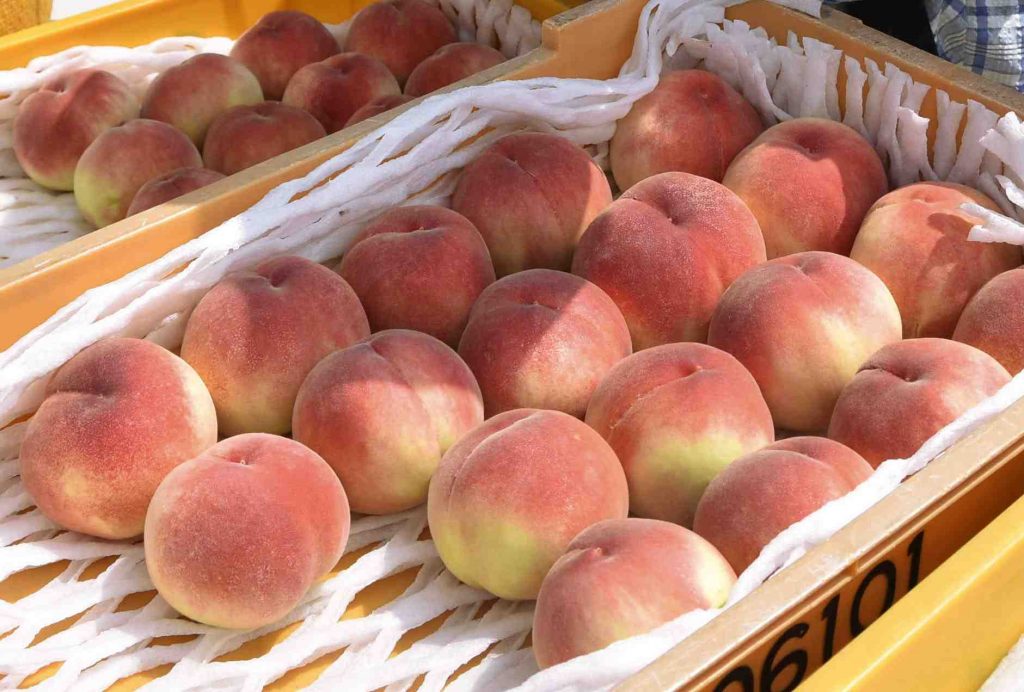
Fukushima Prefecture peaches are considered some of the tastiest in Japan.
Whereas 55 countries and regions imposed import measures on products from Fukushima following the 2011 earthquake, about 75 percent have lifted those constraints. The United States is among them, following a September 2021 announcement by the Food and Drug Administration.
There are signs public opinion is shifting, as the region’s star products receive public praise from figures such as the coach of America’s softball team. “He complimented Fukushima’s peaches during the Olympics,” noted Okazaki, referring to Ken Eriksen. The American coach revealed, in a press conference in Fukushima in July 2021 at the beginning of the Olympics, that he had eaten peaches at his hotel, and smiling, he effused that: “The peaches in Fukushima were delicious!”
Eriksen further said that: “It was a shame that the media could not see what a safe and wonderful place Fukushima is.”
Australia’s coach Laing Harrow also complimented Fukushima’s local products on July 21, saying that, “more than anything, the peaches were by far the best!”
Describing their comments, Okazaki explained: “As someone who has worked in fruit research, I felt very proud.”
Reputational Challenges
Okazaki admitted that there were some enduring challenges to recovering from the reputational damage as unease continues in some quarters. An unfavorable consequence is that prices of Fukushima products still tend to be lower than the national average.
“In 2021, eight percent of people in Japan still said that they hesitate to buy produce from Fukushima prefecture,” explained Okazaki. This is down considerably from 19 percent in 2013.
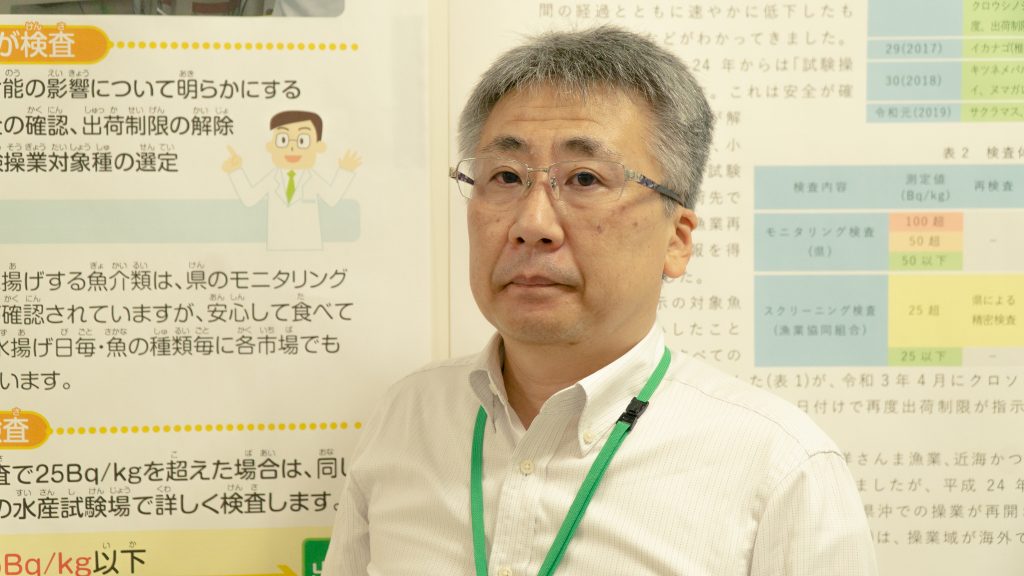
Kazuhiro Okazaki, director general of the agricultural safety promotion department at Fukushima Agricultural Technology Center.
“The fish caught in our prefecture have a particular name. They’re called Jobanmono, and they’re caught at the intersection of two Pacific currents. Jobanmono used to be very prestigious," he said. Now the fishermen are concerned about who will want to buy their catch at a desirable price.
To this day, some categories of food still need to demonstrate that they consistently meet national standards. This is because products found in the wild, such as mushrooms and fish in particular, are harder to control.
Yet, as consistent, detailed testing for ensuring food safety continues, Okazaki sees consumer confidence coming back.
“There are many people who support us. We want to deliver clear, correct information, so that the confidence in Fukushima products will grow going forward,” he said.






